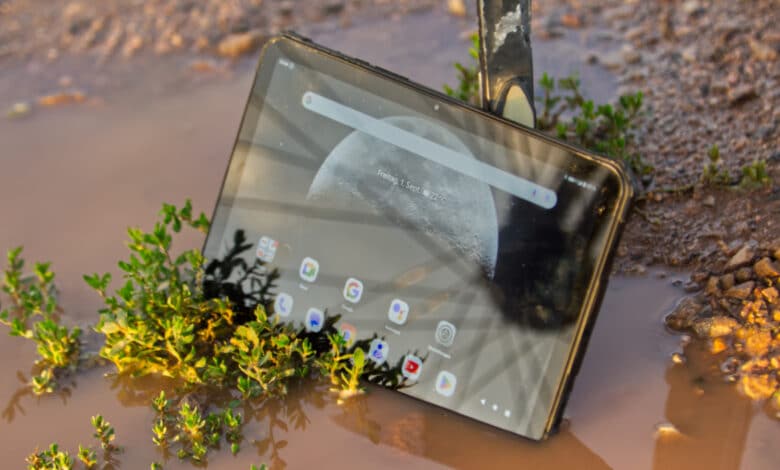
Fossibot is more known for large powerstations, like the F2400. But why not expand the product range? Thus, in the Fossibot DT1 review, we take a look at the brand’s only tablet at the time of testing, which definitely comes with some interesting features. Particularly outstanding are the robustness and – how else could it be for a manufacturer of power stations? – a strikingly generous battery. We’ll see if the overall package can convince in the test!
Specifications
| Display size | 10.4″ |
| Resolution | 2000 x 1200 pixels |
| Weather protection | IP68 / IP69K / MIL-STD-810H |
| Processor | Mediatek MT8788 (8 cores up to 2 Ghz) |
| Graphics chip | ARM Mail G72 MP3 (700 Mhz) |
| Total size | 252.8 x 162.65 x 14.6 mm |
| Weight | 792 g |
| Camera resolution | 48 megapixel + 16 megapixel selfie camera |
| Video resolution | FHD (1920 x 1080p) |
| Battery | 11,000 mAh with powerbank function |
| Bluetooth | 5.0 |
| Price | € 179.00 * (gray) € 179.00 * (orange accents) |
Packaging and scope of delivery
- Clean packaging design
- Power supply and cable included
The packaging of the Fossibot DT1 manages the balancing act between eye-catching and classy appearance. On the one hand, the box is bright orange, but on the other hand, it is kept so minimalistic that only the glossy manufacturer logo can be seen on the front. The back is kept almost as spartan. Furthermore, everything is protected by a plastic foil, which also protects against dirt. If you remove this foil, you can open the box made of sturdy cardboard and now have to remove a protective, dense foam layer.
The Fossibot DT1 is also covered by two protective foils. The first is eye-catching and labeled, but underneath is the second, which is simply a clear film. After both are peeled off, we’re ready to go.
Design and workmanship
- High quality workmanship
- Typical outdoor design features
For an outdoor device with a high level of robustness, a decent build quality is one of the absolute core features. This is also how the Fossibot DT1 presents itself. Although this tablet is noticeably thicker than most other modern tablets, the casing is already extremely robust for this. This saves on sleeves, which usually increase the thickness as well as the costs. The back of the Fossibot DT1 also features grippy textured rubber surfaces that provide a particularly good grip when wet or wearing gloves. Otherwise, various design points from other outdoor devices are picked up, such as the raised surfaces, so the back is anything but smooth and flat.
You have to like the design, but the build quality is beyond reproach. There are no unsightly gaps to be found, and the materials leave no impression of economy measures.
Thus, the Fossibot DT1 definitely looks more premium than one would expect from a tablet with special features in this price range.
Outdoor special features
- SIM cards for mobile data can be used
- Lots of memory – and expandable with another micro SD card
- Increased thickness for better protection
The Fossibot DT1 is especially optimized for outdoor use. Hiking, camping, sporting events or working outdoors simply require different features than home use. That already starts with the fact that this outdoor tablet can access mobile data via nano-SIM card and does not depend on a location-bound WLAN. And not only that – even dual-SIM operation is possible! In addition, the storage capacity of 256 GB is generously dimensioned, so you will not quickly reach the limit even on longer trips. Apart from that, the storage can be expanded extremely via a micro-SD card (also called TF). However, this is only possible if you only use a SIM card.
But other things are important on the go, too, because a tablet like this has to be able to withstand a bit of exposure to the elements. So it’s not surprising that I was asked what kind of case the Fossibot DT1 has. But it’s not a case, it’s the regular case. This one comes with various advantages.
Robustness
- Waterproof – even if water on the display makes it difficult to use
- No headphone jack
- Protection against cold, heat and drops
Primarily, this is the protection against environmental influences. Thus, the Fossibot DT1 is IP68-certified and thus water-resistant and well protected against dust. A note on this: No damage is caused by water, but a wet display can definitely lead to unexpected behavior and problematic operation during use. Silicone covers for the USB-C port on the bottom and the SIM and micro-SD card holder right next to it are found to maintain the water protection. On the other hand, other ports are completely omitted; there is no physical port for headphones. Thus, we have to resort to Bluetooth here.
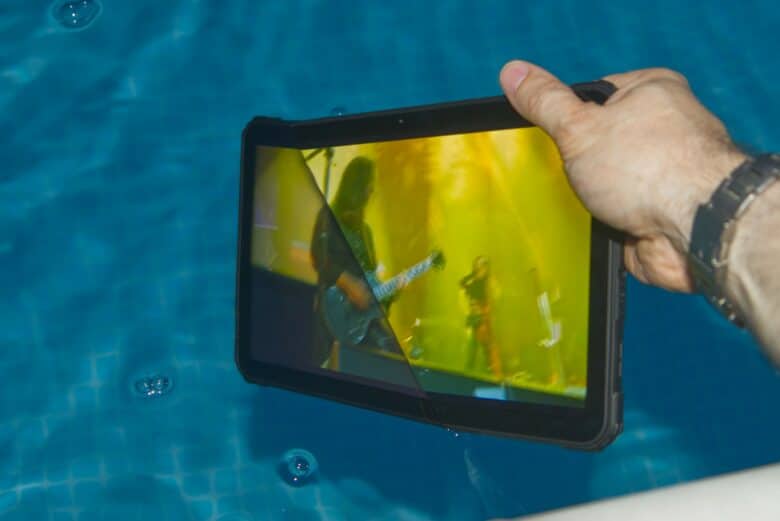
Apart from water and dust, the Fossibot DT1 is well protected against heat, cold and shocks (or drops). For this, for example, the case is built thicker and has been given rubberized corners to absorb shocks. The tempered glass is extremely robust on the surface and where the edges are usually the problem, these are especially protected on the Fossibot DT1 due to the strong rubberized edges and the minimal protruding frame towards the front.
Performance
- Tested with various benchmark programs and games
- Performance sufficient for everyday tasks, but too tight for graphically complex gaming
In order to pack the performance into comparable values, I ran various benchmarks. Thus, I used Geekbench, 3DMark and PCMark Work 3 in the Fossibot DT1 test. The result is not overly impressive. Although the values read decent with the 8-core processor, the 8 GB working memory and the generous 256 GB storage, the benchmark results ultimately turn out rather restrained.
Last but not least, I also tested a fairly common game with a certain graphical requirement with Diablo: Immortal. Already at startup, one is informed of the Fossibot DT1’s less than optimal performance. The game also shows itself to be rather tough – it runs, but the graphical finesses are reduced to the minimum. Furthermore, the game tends to jerk and loads some details with quite a delay. Not really a recommendable experience.
Overall, the pure computing power of the Fossibot DT1 proves to be sufficient for everyday use, but impressive is different. But hey: Realistically, you don’t buy an outdoor tablet for gaming or productive tasks. On the other hand, the everyday performance is okay and graphically less demanding arcade games run without any problems. Web browsing, image viewing and editing, and word processing run smoothly and are clearly more relevant for outdoor use. Youtube videos are also played without any problems.
Apart from that, the Fossibot DT1 did not really get warm during the tests, which indicates frugal power consumption.
Battery life
- Overperforming battery
- Increase in battery life possible via energy-saving mode
Where you’ll find batteries with a capacity of 5000 to 8000 mAh on most tablets, the Fossibot DT1 offers a whopping 11000 mAh! Together with the rather restrained processor, this definitely leads to a satisfactory battery life. In the PCMark Battery Test, we achieved almost exactly 15 hours with medium display brightness – very solid! The tablet is charged in 3 to 4 hours with the included 18 watt power adapter.

You can also activate the energy-saving mode and in combination with a lower brightness and turning off unused functions, you get a significantly longer battery life, especially in standby. Especially if you deactivate WLAN on the road or the location at home, then the device searches much less in the background.
Fossibot DT1 test of the screen
- Good screen
- No real special features
With its 2000 x 1200 pixel resolution, the Fossibot DT1 achieves a pixel density of 223 PPI on the 10.4″ screen. This is quite decent and pleasant to look at, considering that most laptops in the 15″ range have a lower resolution. Sure – some smartphones offer an even finer resolution, but you’ll usually keep these closer as well.

Otherwise, the Fossibot DT1’s monitor doesn’t really stand out. It is bright enough to see something during the day, but the typical problem of touchscreens remains the glossy surface, on which fingerprints quickly appear. There is also little to say about the color. The display is okay without standing out with a particularly good or bad presentation. The viewing angle stability is quite good.
Fossibot DT1 test of the speakers
- Four speakers
- Barely any bass, but quite acceptable volume
The Fossibot DT1 has a whole four speakers installed. Thus, the tablet can get relatively loud. The sound is also clear and understandable. But it is simply still a not too expensive tablet and no miracles are to be expected there. Accordingly, you simply miss the bass and the sound result is comparable with smartphones. You have to be a bit careful when holding the tablet in landscape mode, because you can easily cover one or two of the four speakers. By the way, these are found on the two short sides. In landscape mode, they are on the right and left, and in portrait mode, they are on the top and bottom.
If you are looking for more sound, you should rather go for Bluetooth speakers. For example, the models from Tronsmart also offer good weather protection, which makes them suitable for outdoor use.
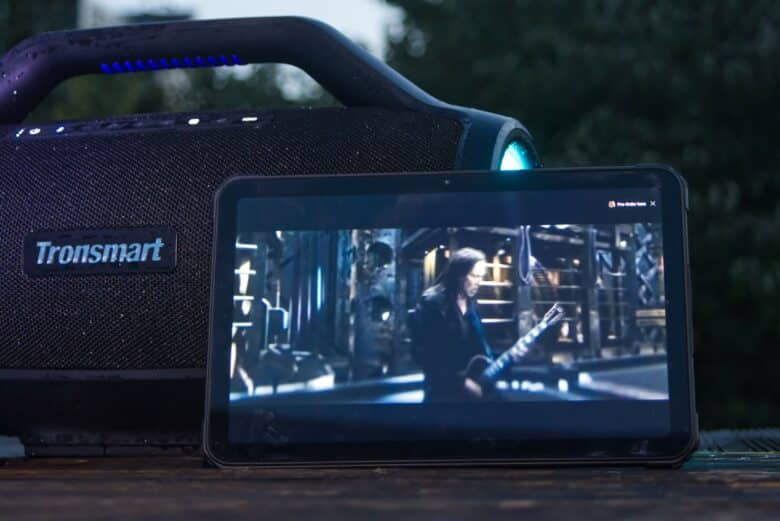
Camera setting
- High maximum resolution creates large files
- A few manual settings are possible, including resolution reduction
- High resolution is a substitute for an optical zoom
The Fossibot DT1 has a high-resolution camera with 48 megapixels and a selfie camera with 16 megapixels that is also more than adequate.
Considering that a 4K resolution is just equivalent to 8 megapixels and the Fossibot DT1’s 2K display can only display 2.4 megapixels, the camera resolution can definitely be considered overkill. After all, more megapixels do not mean that a camera takes better pictures. The advantage that a high resolution offers can be seen when the pictures are subsequently cropped, because here an image of a sufficient size still remains even after vigorous cropping. And since the camera doesn’t have an optical zoom, the zooming process in camera mode is largely the same as cropping – except that the end result is enlarged. As soon as it gets darker, the advantage of the high resolution is quickly lost – there the details quickly blur, so that the practical advantage of 48 megapixels compared to 12 becomes much smaller than the number suggests. In other words, you can’t really tell the difference between the resolutions unless you shoot under optimal conditions.
But let’s move from theory to practice. What image quality can we expect from the Fossibot DT1? At this point, it should be noted that the images shown here on Basic Tutorials are downsized and compressed to save data volume and improve page loading speed.
I find it a pity that I can’t find any exposure compensation and also the exposure time seems to force it to the point that long exposures are not possible. Too bad. This leaves the camera in the realm for non-enthusiasts. But let’s get to the test of the simple image quality of the Fossibot DT1.
Image quality
- Good general image impression
- Fast quality drop when using the digital zoom
- Small details blur quickly
I tried various scenarios for testing the image quality. To put it in a nutshell: The impression is better than expected, as long as you use the zoom function quite little. The pictures look quite okay and offer sufficient details. Here is a selection from the test period.
The flash is effectively the flashlight and is only useful at close range. For distant subjects you can forget about it, but for close-ups it can be helpful especially indoors in the evening.
Auto white balance does a pretty good job most of the time. However, the typical problem of shady areas or evening moods occurs here as well. The automatic recognizes this less well, but the manual setting can help here.
There is not much to say about the selfie camera. This one is worse, can be adjusted less manually and doesn’t have an image stabilizer, but for quick photos this one is also reasonably suitable.

In testing the product image quality of the Fossibot DT1, I manually selected ISO 100 for the lowest possible image noise and set up lighting with a flashlight to bring about a soft, indirect light. Unfairly, on the other hand, I tested an SLR camera, which shows a more detailed image when zoomed in, despite a lower resolution of 30 megapixels. Apart from that, the pictures of the Fossibot DT1 prove to be quite usable, especially without detail zoom.
Conclusion
The Fossibot DT1 shows itself to be a serious outdoor tablet in the test. It combines a good build quality, a long battery life, an acceptable camera and a decent basic configuration with an outstanding robustness. Thus, it is a practical all-around tablet for on the go that does not tear a huge hole in the wallet financially, either. Sure – it is not a top performer in terms of performance, i.e. not a gaming tablet. But if you are aware of that and can live with the higher thickness in favor of robustness, you can find a high-quality tool in the Fossibot DT1.
Fossibot DT1
Workmanship
Hardware
Multimedia
Performance
Battery
Value for money
89/100
The Fossibot DT1 is a tablet that is heavily focused on high build quality and outdoor features.

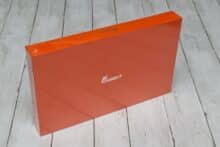
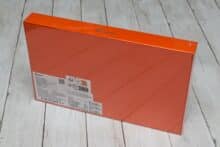
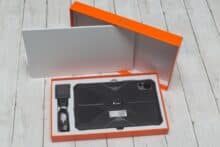
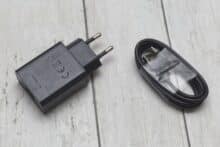
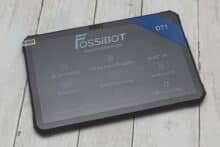
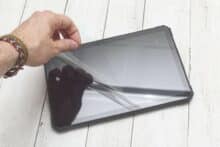
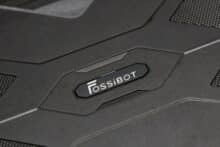
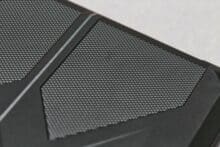

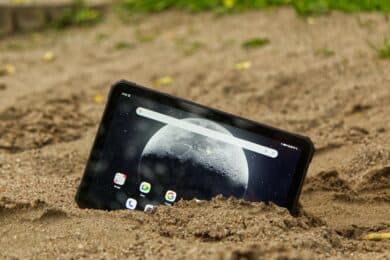
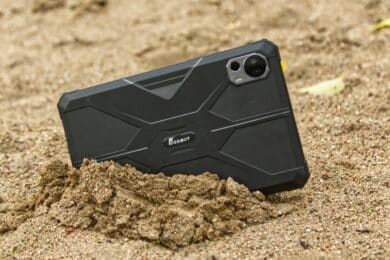

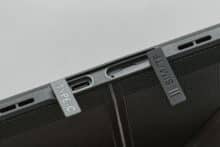
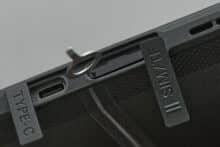

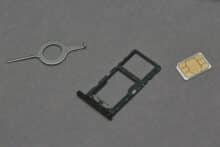
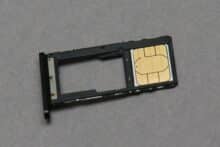


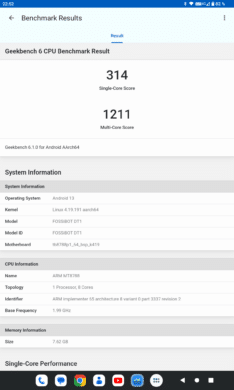
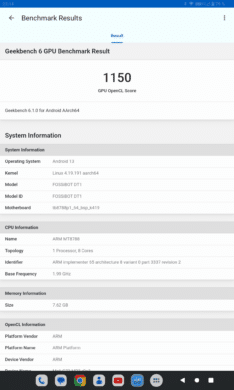



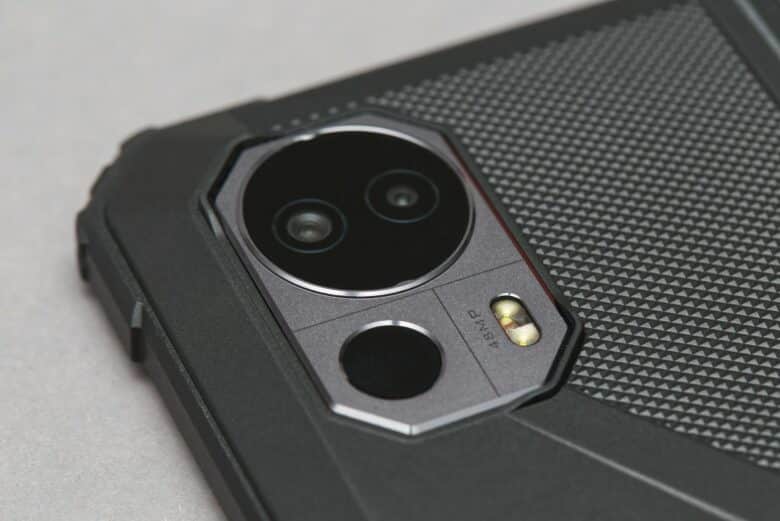












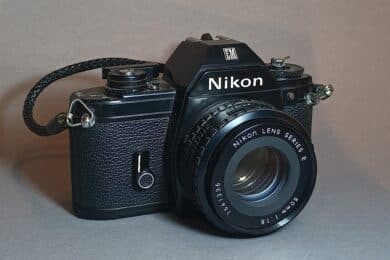

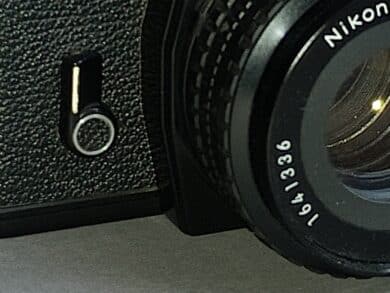


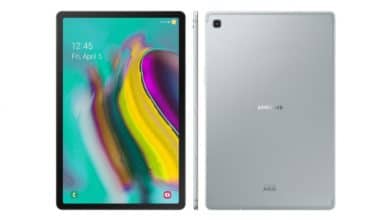
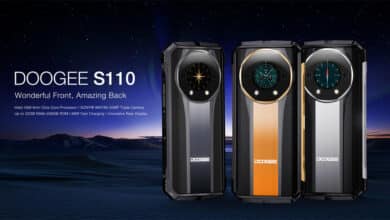


No replies yet
Neue Antworten laden...
Gehört zum Inventar
Beteilige dich an der Diskussion in der Basic Tutorials Community →